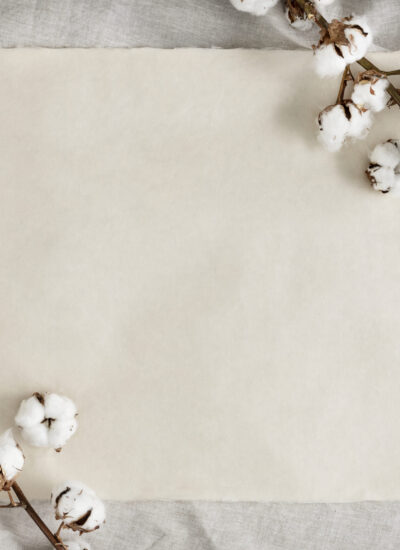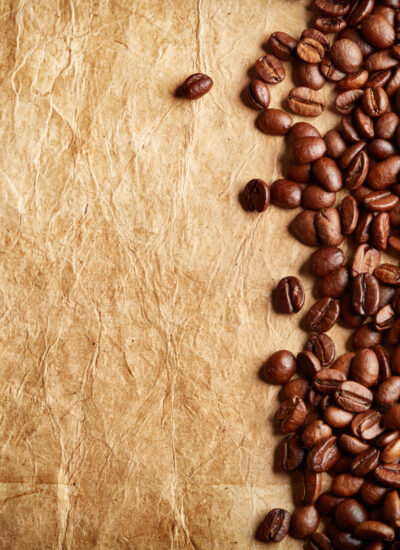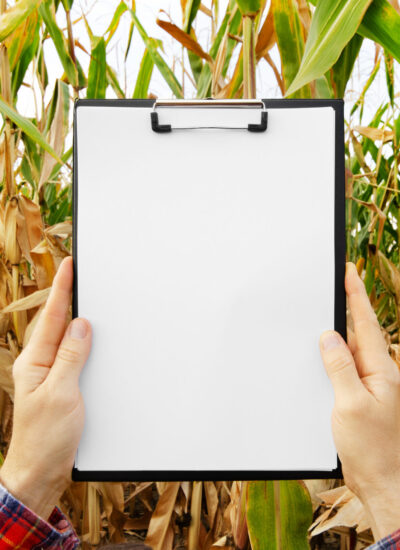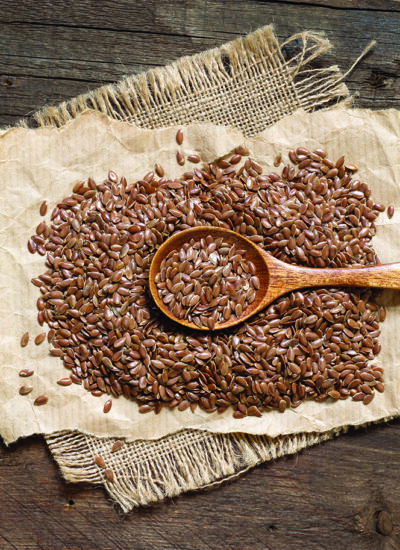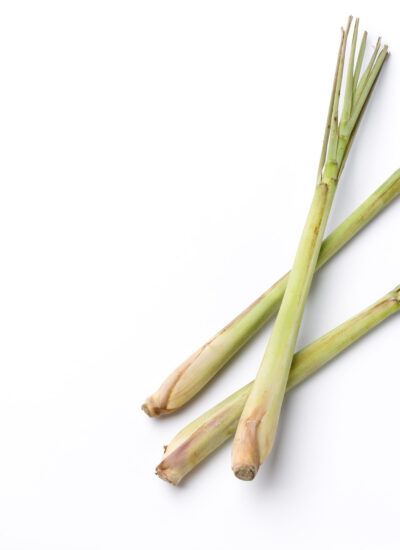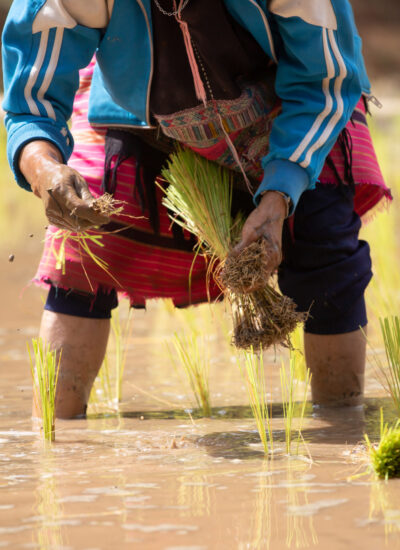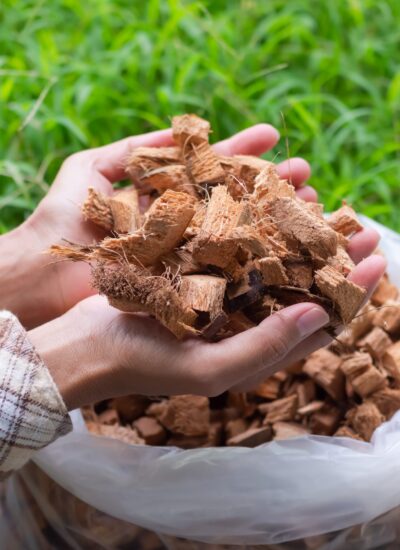Cotton is a versatile crop. The fiber is strong and yet flexible. Cotton is a crop that is harvested to further manufacture into clothes etc.
Cotton bits are usually the by-products of the manufacture of cotton cloth. The weaving of cotton is the heart and soul of Indian textiles. There are about 23 different varieties of cotton found in India and about 4 million handlooms producing the same fabric. Cotton is used in making a wide range of items like sari, bed sheets, covers, napkins, shirts, summer wear, table mats and more. Recycled cotton is used for several purposes such as industrial wipes.
As a natural product, cotton is completely biodegradable, which means that it breaks down when put into a composting pile or bin… That makes a perfect reason for it to be turned into paper.
Paper is made of cellulose and water.
Cotton contains high cellulose that can be turned into high quality, chemical-free paper.
Cotton bits very often end up in landfills. The process to convert cotton into paper is colour sorting. This is an important aspect as we like to retain the colour of the fabric and do not prefer to add dyes. This is a painstaking job, but it makes the paper cleaner than adding new dyes to the fabric.
Thereafter the pieces are chopped and beaten to a pulp. Thus begins the paper making process. Thereafter drying and calendaring. This gives us beautiful cotton rag paper. Each sheet takes about 3 days to get ready.
The edges are deckled as the water when pressed gushes out from the edges forming a unique part of handmade paper.
Cotton rag paper is the perfect example of tree-free, upcycled and recycled paper.
The paper is 100% sustainable.

